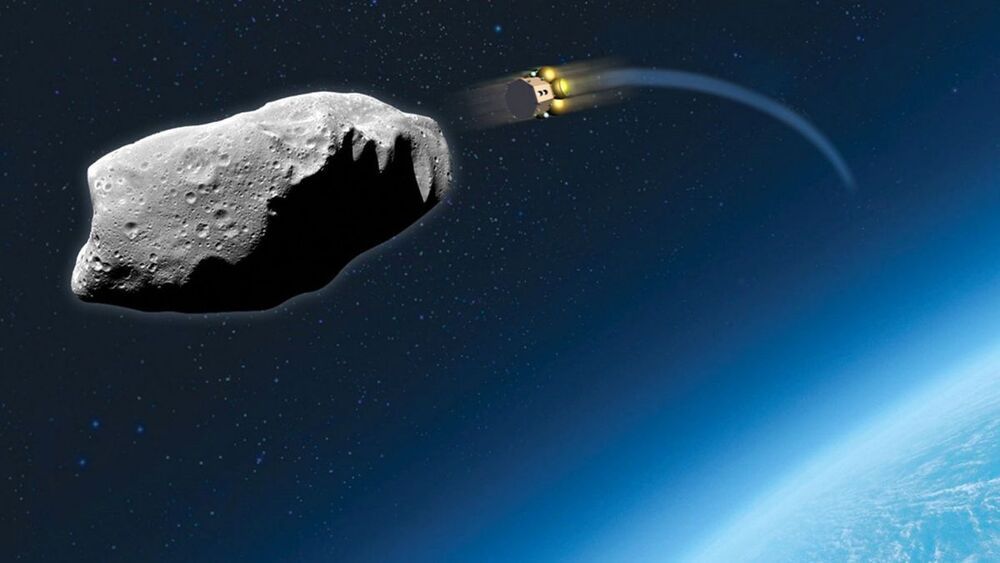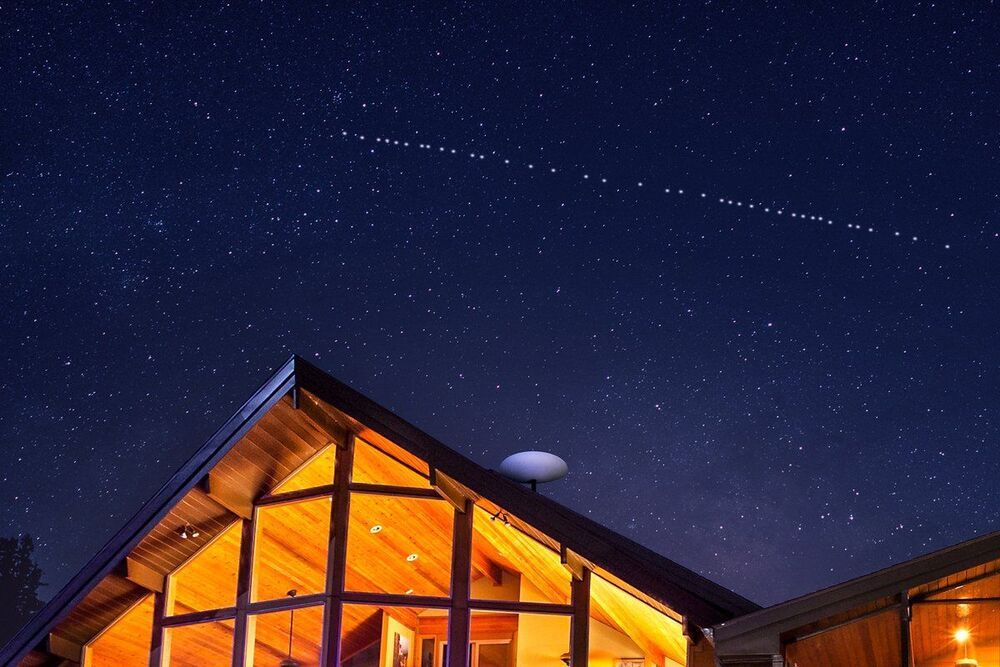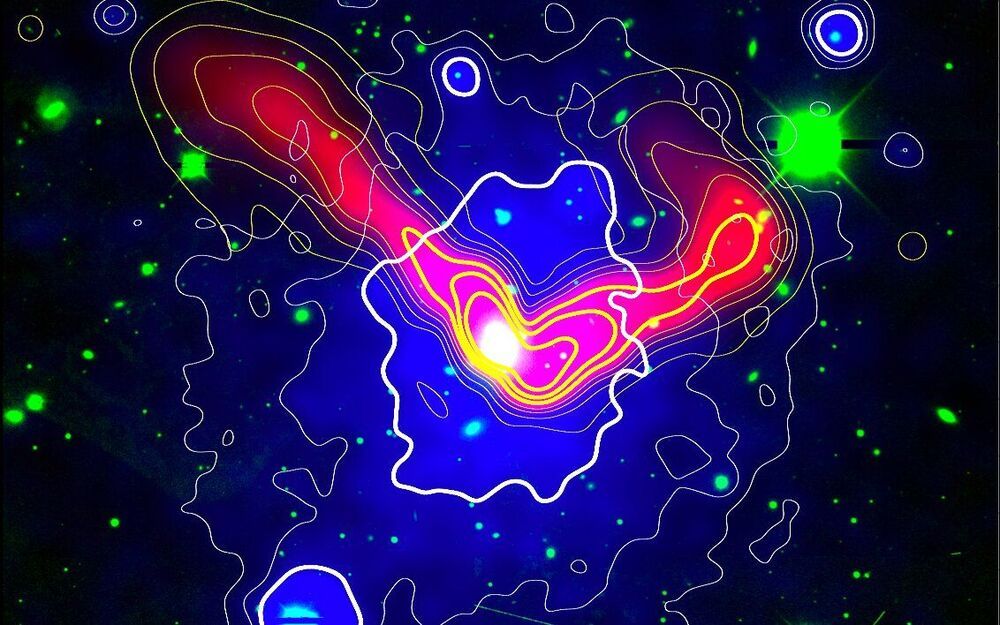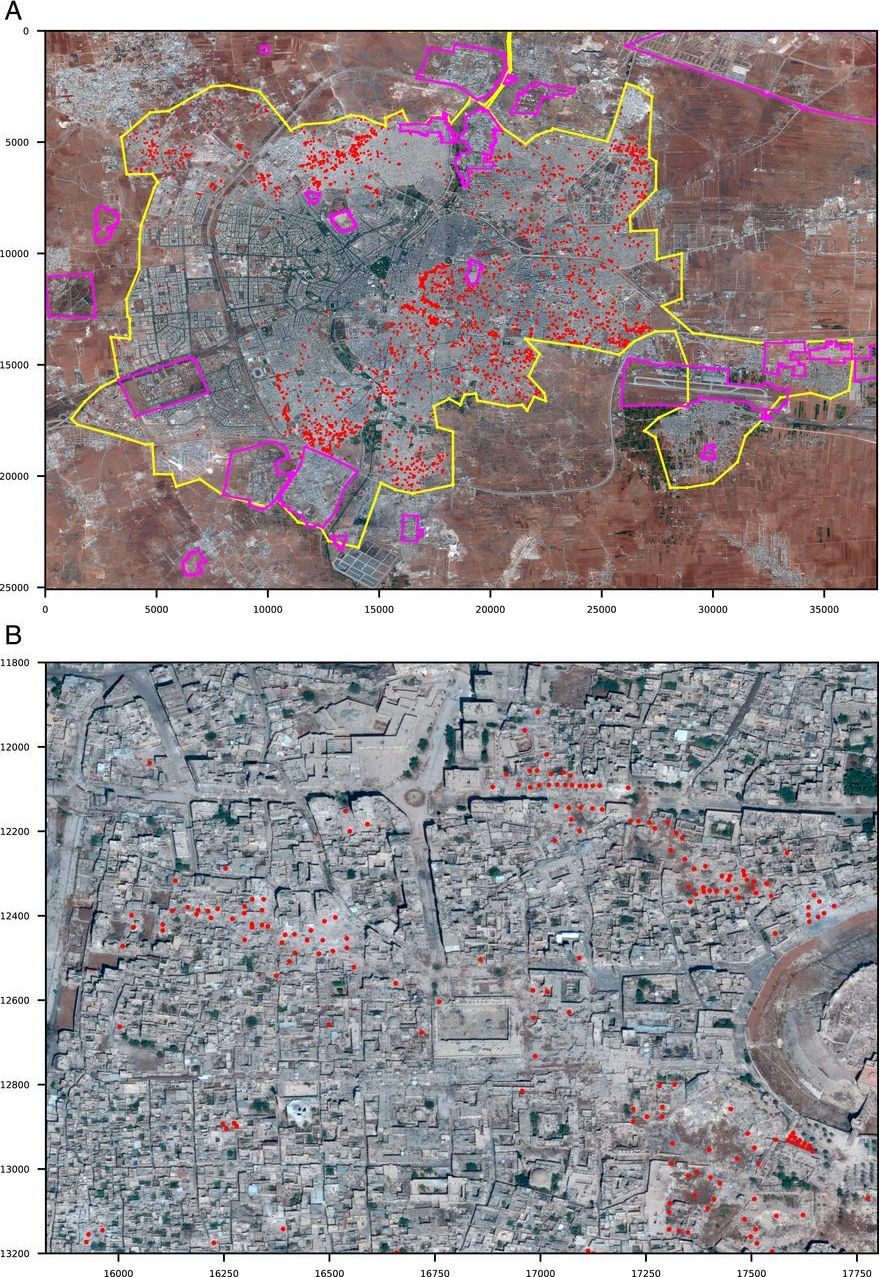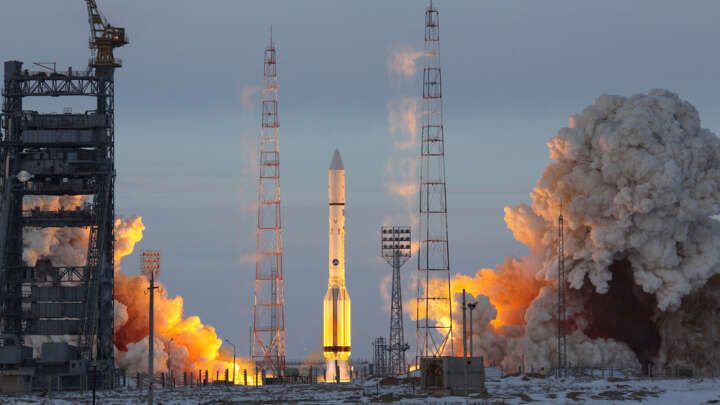Featured Image Source: netvault.net.au.
SpaceX founder Elon Musk recently shared that the company is already providing Starlink Beta broadband internet service to over 69420 users globally out of over half-a-million customers who pre-ordered the internet service via Starlink.com. According to SpaceX President Gwynne Shotwell, the Starlink constellation is currently actively beaming its signal to users in 11 countries (now 12), including portions of the United States, Canada, United Kingdom, Germany, Belgium, France, Austria, Netherlands, Australia, and New Zealand. More European countries and regions in the United States will have coverage during the second half of 2021 and early 2022.
This week, SpaceX e-mailed potential customers in the European country of Denmark –“Starlink is now available in limited supply in Denmark!” the e-mail reads. “Users can expect to see data speeds vary from 50Mb/s to 150Mb/s [megabits per second] over the next several months as we enhance the Starlink system. There will also be brief periods of no connectivity at all,” SpaceX wrote in the e-mail. “As we launch more satellites, install more ground stations and improve our networking software, data speed, latency and uptime will improve dramatically.” To date, SpaceX has launched approximately 1740 internet-beaming Starlink satellites out of over 12000 that will be part of the global broadband constellation.
